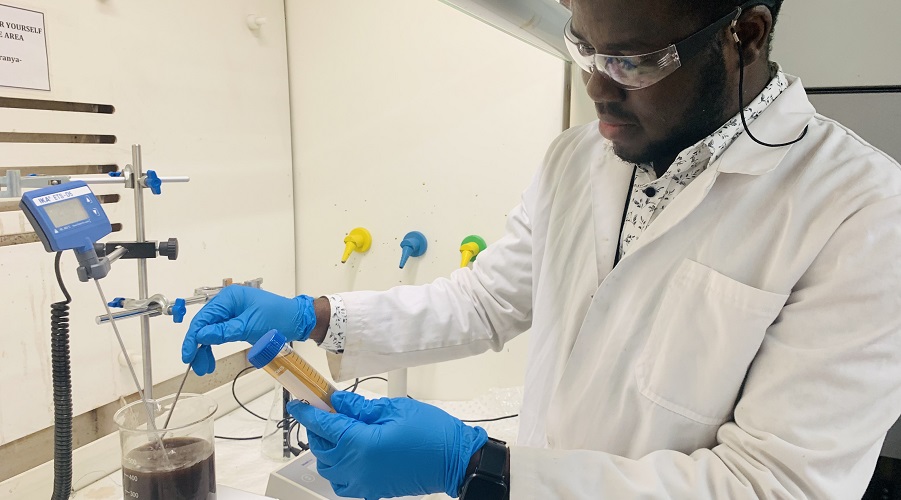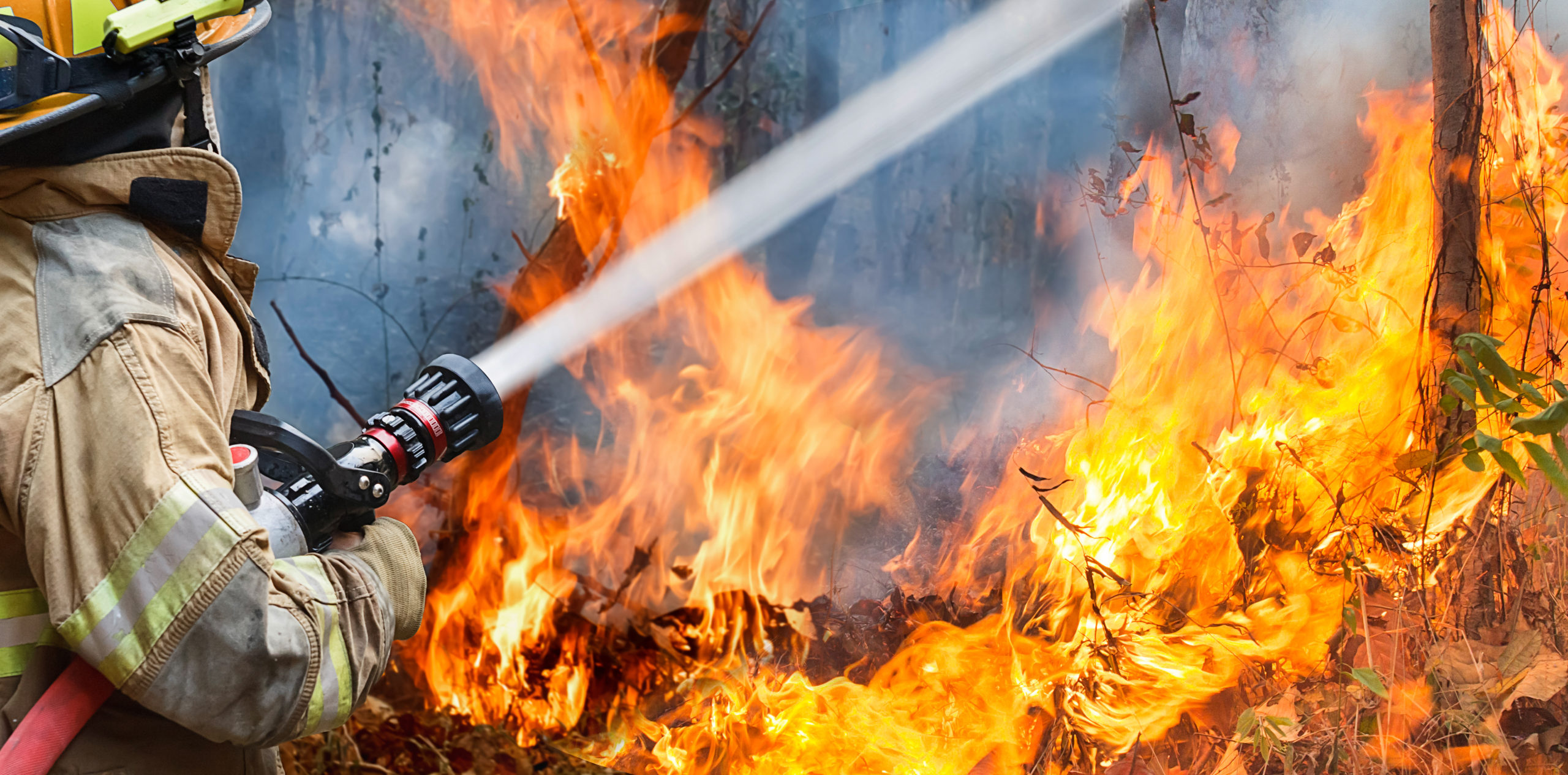New method helps produce heavy metal-free biosolids for fertilizers, biochar

A group of engineers at the Royal Melbourne Institute of Technology (RMIT) has developed a cost-effective and environmentally friendly way to remove heavy metals, including copper and zinc, from biosolids.
In collaboration with South East Water and Manipal University in India, the RMIT team published a paper in the journal Hydrometallurgy explaining that the new proposal advances other methods for heavy-metal removal by recycling the acidic liquid waste that is produced during the recovery phase, instead of throwing it away.
“Our innovation helps ensure the resulting biosolids do not leach heavy metals into the environment and retain the nutrients that can be used for land applications,” lead senior researcher Kalpit Shah said in a media statement. “With further processing, the biosolids can be turned into high-grade biochar, which is a renewable energy resource and has a range of applications, including as a fertilizer.”
The metal-removal process occurs over three stages: extraction, purification and recovery.
According to Shah, prior to this work, metal recovery from biosolids had not been fully explored among researchers beyond the first stage. The reason for this is that biosolids can contain several metals locked within organic matter, making purification and metal recovery challenging.
“We devised an approach where we were able to recover the metals one by one and did so with a closed-loop solution that causes the least harm to the environment,” Ibrahim Hakeem, the paper’s first author, said.
Shah, on the other hand, pointed out that the development complemented the team’s biochar-producing pyrolysis technology, which South East Water, Intelligent Water Networks and Greater Western Water are trialing at the Melton Recycled Water Plant.
“Pyrolysis is a process that uses heat to break down organic materials into valuable products and occurs without oxygen to prevent the materials from burning,” the researcher said. “The team uses this process to remove pathogens and contaminants of emerging concern from biosolids.”
The engineers pointed out that water industries globally are considering alternative thermal conversion technologies such as pyrolysis to address concerns over contaminants including per- and poly-fluoroalkyl substances.
The challenge is that reducing the organic matter through pyrolysis results in a higher concentration of heavy metals in the biochar, which the team’s new technique helps resolve.
The application of biosolids to agricultural land in Australia is subject to guidelines and regulations that specify limits for heavy-metal concentrations, ensuring that biosolids can be safely used as fertilizer. Considering this, the team aims to work with water authorities to use its heavy-metal removal technique prior to pyrolysis.
Shah said his group’s innovation could also be used for other waste streams such as stormwater lagoon sludge and mine tailings.
‘’We are planning to work with South East Water to do a techno-economic analysis which will hopefully lead to pilot-trialing,” he said. “We’re also keen to work with companies who manage stormwater lagoons as well as mine tailings. The next step of engagement with them could be testing their samples in our lab followed by the pilot-trialing.”
More News
{{ commodity.name }}
{{ post.title }}
{{ post.date }}

Comments